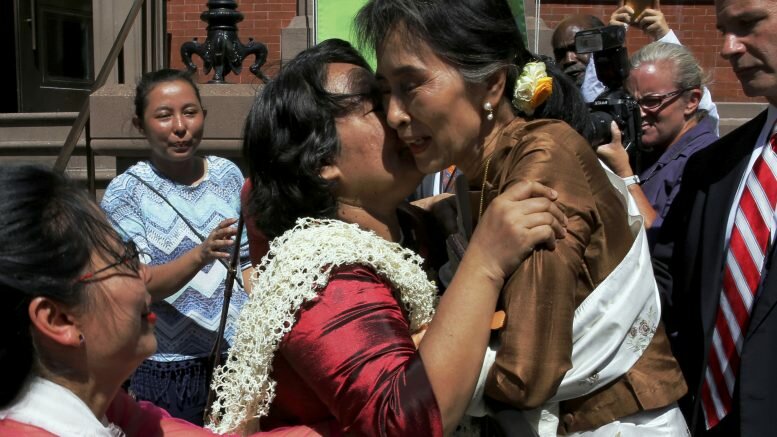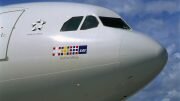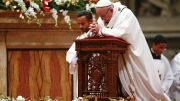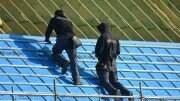War and misery may have dominated the news cycle in 2016, but there was also a lot to enjoy in the year just passed
2016 was the first year in a long time where no new wars or armed conflict broke out, according to the Center for Conflict Research
at the University of Hamburg.
In Colombia, there was a negotiated peace agreement with the FARC guerrillas after 52 years of war in the country, and President Juan
Manuel Santos received the Nobel Peace Prize for their work.
Htin Kyaw became Myanmar’s (Burma’s) first civilian president since 1962, and the country is now governed, in practice, by Nobel Peace Prize
winner Aung San Suu Kyi.
Turning point
On November 4th, a climate agreement became in force. 72 countries signed the treaty, and President Barack Obama believes it can be
‘a turning point in our planet’s history.’
Four of the world’s largest cities, Mexico City, Paris, Madrid and Athens, have already decided to ban cars and trucks that use diesel,
and the solar aircraft, Solar Impulse 2, flew around the world.
There is hope that this new technology will lead to greener air travel. Also, in India, there was a great effort for the environment when
in one single day, 800,000 volunteers in Uttar Pradesh planted over 49 million trees.
West Africa recovered
In West Africa, Guinea, Sierra Leone and Liberia declared themselves recovered from the Ebola virus, which, since late 2013, killed 11,300
people. The World Health Organization (WHO) no longer classifies the mosquito-borne Zika virus as an acute health crisis.
In addition, all polio vaccines in the world were replaced by a new one with fewer adverse side effects.
Space
While life passed by as usual on earth, the spacecraft, Juno, orbited Jupiter and sent us its first images of the extraordinarily
enormous gas planet. No spacecraft previously had gotten so close to Jupiter, probably the first planet formed in our solar system.
Also, 2016 saw the launch of a new probe searching for life on Mars. This is a joint project between the European Space Agency (ESA)
and the Russian Federal Space Agency.
Source: NTB scanpix / Norway Today





